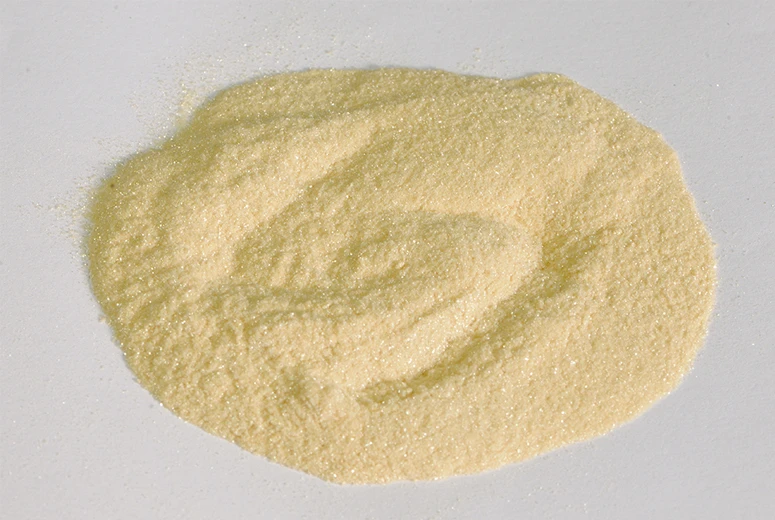what is mica used for
What is Mica Used For?
Mica is a fascinating and versatile mineral that has been utilized by various industries for centuries due to its unique properties. This silicate mineral is known for its ability to be split into thin sheets, making it an excellent material for diverse applications. Found predominantly in metamorphic rocks, mica comes in several varieties, including muscovite and phlogopite, each with specific traits making them suitable for different uses. Let’s explore some of the primary uses of mica and its significance in various sectors.
1. Electrical Insulation
One of the most critical uses of mica is in the electrical industry. Mica’s excellent dielectric properties make it an ideal insulator for electrical components. It can withstand high temperatures and resist humidity, which is essential for maintaining the integrity of electrical systems. Mica is often used as insulation in capacitors, transformers, and other electrical devices, ensuring safe and efficient operation.
2. Cosmetics
Mica has gained immense popularity in the cosmetic industry, prized for its shimmering appearance. It is a common ingredient in makeup products such as eyeshadows, highlighters, and foundations. Mica provides a natural glow and can enhance the color of cosmetics without causing irritation to the skin. Moreover, being a natural mineral, mica is preferred by many consumers who are becoming more conscious about the ingredients in their cosmetics.
3. Construction Materials
In the construction sector, mica is often used as an additive in cement, tiles, and other building materials. It enhances thermal resistance, improves strength, and adds appealing aesthetic qualities to materials. Mica can increase the durability of products, making them more resistant to weathering and wear, which is particularly beneficial in construction applications where long-term resilience is essential.
4. Plastics and Rubber Manufacturing
what is mica used for

Mica is widely utilized in the production of plastic and rubber products. In plastics, mica is used as a filler material that enhances mechanical properties and improves thermal stability. It helps to reduce the weight of plastic products while maintaining strength. In rubber manufacturing, mica is employed to improve the quality of rubber components, making them more resilient to wear and temperature changes.
5. Paints and Coatings
Mica’s reflective properties make it an excellent additive in paints and coatings. It provides a shiny finish and improves the durability of the product. Mica is often used in industrial paints, automotive coatings, and even in artistic paints, contributing to the brilliance and glossiness of the finish. Additionally, its resistance to corrosion makes it an ideal component in protective coatings.
6. Pharmaceutical Applications
In the pharmaceutical industry, mica serves as an excipient, which is an inactive substance that serves as the vehicle for an active substance in a medication. Mica is used to aid in the manufacturing of tablets, capsules, and other formulations. Its inert nature ensures that it does not interact with the active ingredients, providing a stable and reliable means of drug delivery.
7. Other Applications
Beyond these primary uses, mica finds its way into numerous other products and industries. It is used in the production of electronic displays, as a filler in various industrial applications, and even in arts and crafts. Its versatility means that mica continues to be a sought-after material in various fields.
Conclusion
Mica is a mineral with remarkable properties that allow it to serve a myriad of functions across different industries. From electrical insulation to cosmetics and construction, mica’s applications are diverse and significant. As industries evolve and adopt more sustainable practices, the natural allure and functional qualities of mica make it a valuable resource for future innovations. Whether enhancing the aesthetics of cosmetics or improving the durability of construction materials, mica remains an essential and versatile player in the global market. Its enduring presence in both traditional and modern applications showcases the importance of this unique mineral in our everyday lives.
-
Transforming Surfaces with Mica-Enhanced Paints in Coatings and DecorationNewsJul.02,2025
-
The Ultimate Guide to Mica-Based Luminous Colors with Pearlescent PigmentNewsJul.02,2025
-
The Critical Role of Mica in Industrial Applications in Welding and Oil FieldsNewsJul.02,2025
-
Revolutionizing Automotive Aesthetics with Modified Plastics Pearlescent PigmentsNewsJul.02,2025
-
The Secret with Mica Powder for Cosmetics Behind Radiant, Natural MakeupNewsJul.02,2025
-
Enhancing Performance in Polymer Applications with Mica Powder for RubberNewsJul.02,2025
Products categories









